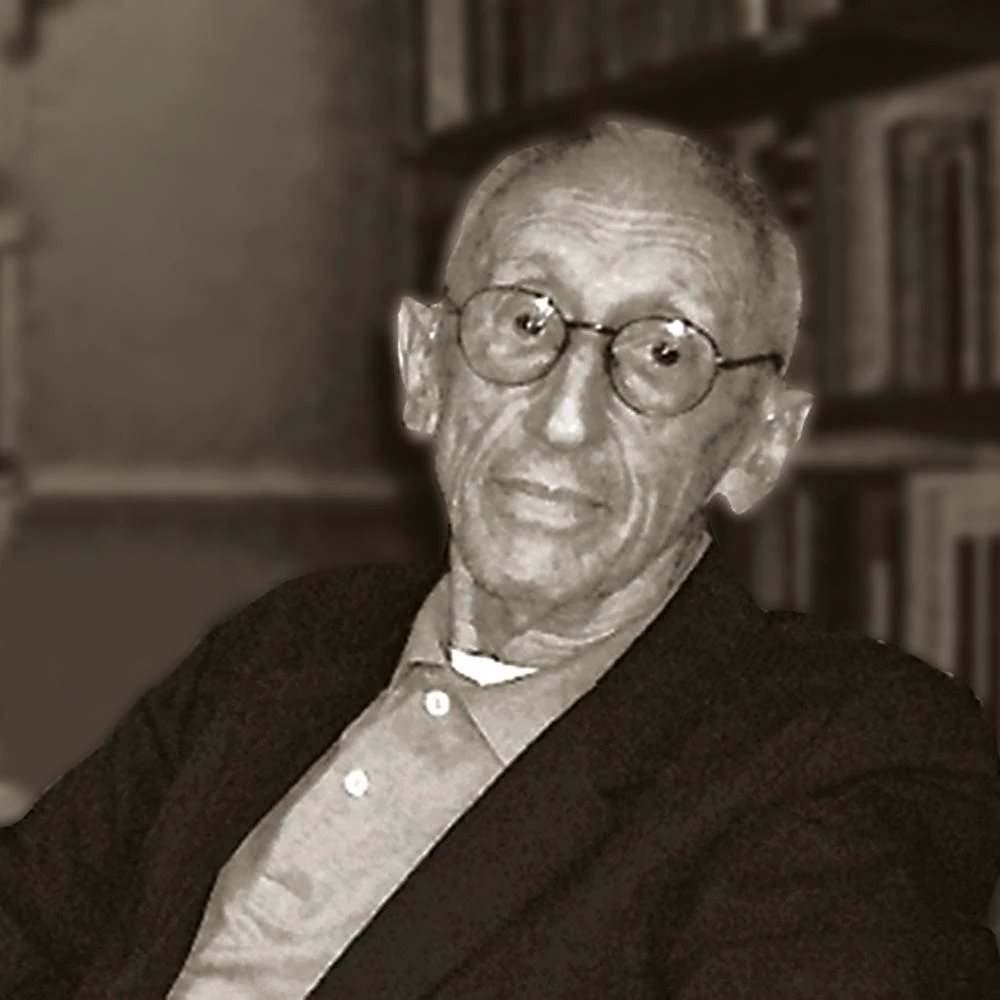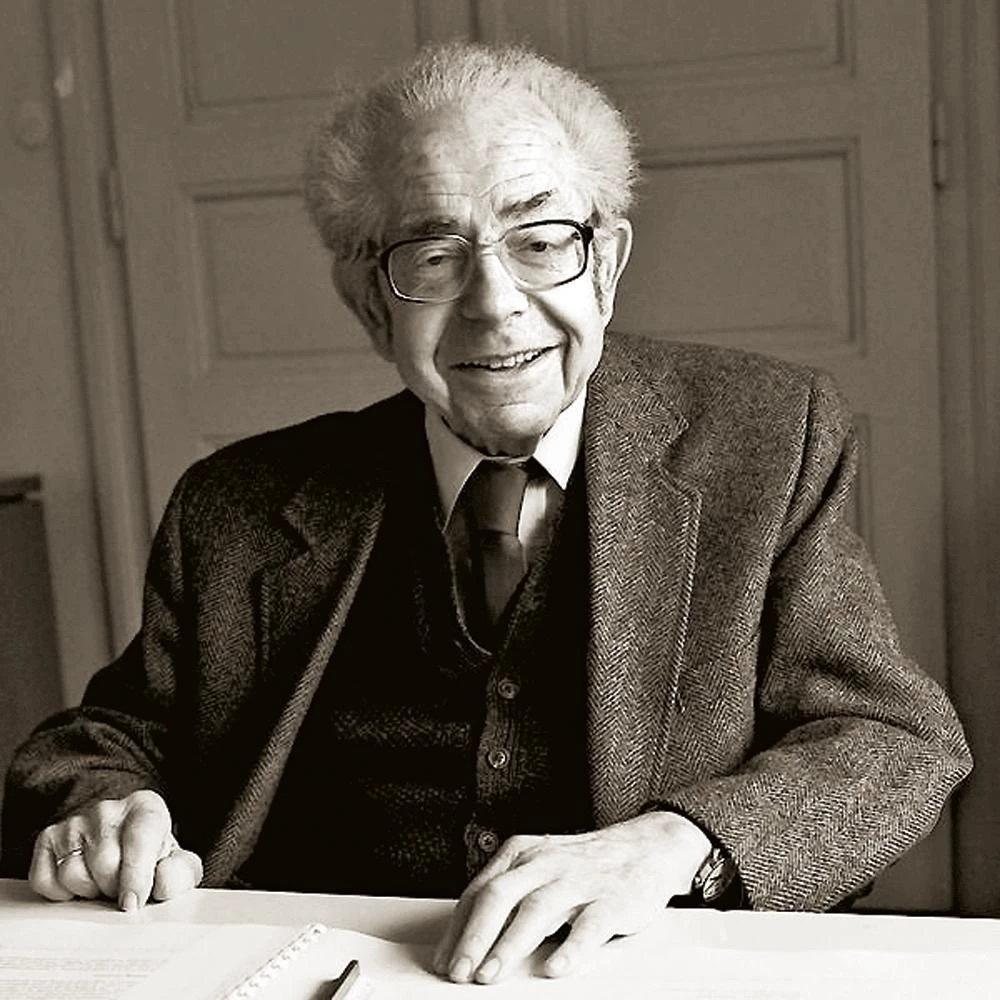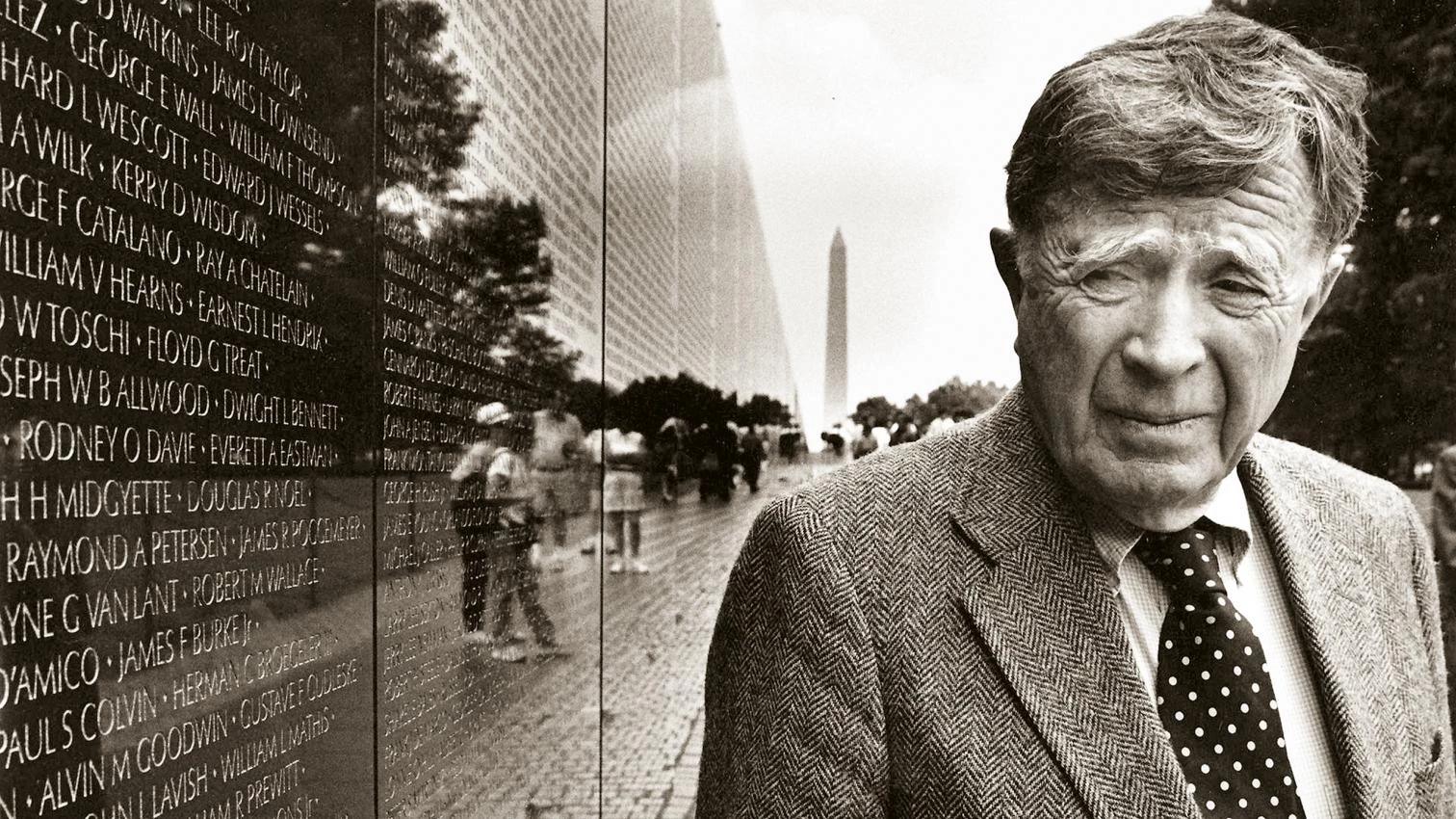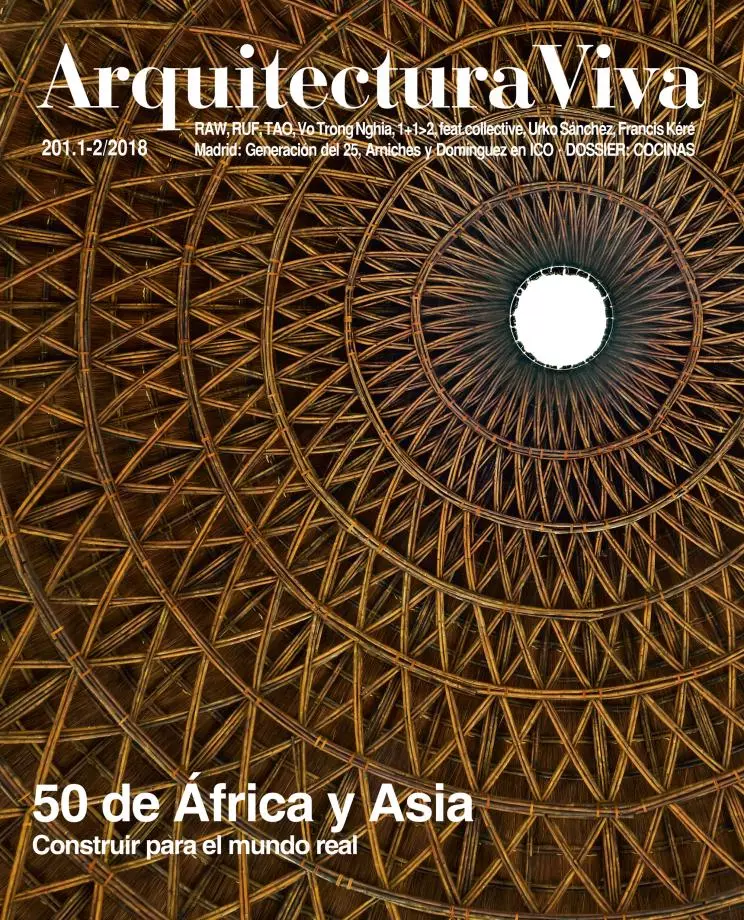
In the old liturgy of Holy Week, candles were extinguished one at a time until the church was left in darkness. For the history of architecture this has been a somber year, as the nonagenarian flames of five exceptional figures have died out. On New Year’s Eve we lost the Californian James Ackerman, who, taking over from Henri Focillon and Erwin Panofsky, taught us from Harvard to look at the Italian Renaissance under a different light, and guided our first visits to Palladio’s villas. Six days later, the eve of the Epiphany, the world bid farewell to the Italian Leonardo Benevolo, architect and city planner but especially author of a huge body of historical work, who wrote essential books about Renaissance or modern architecture, colossal volumes with a political and social approach that would influence an entire generation, its international dissemination coinciding with a singularly brilliant moment of theory and criticism in Italy.


On May Day we mourned the passing of the Austrian Eduard Sekler, who trained as an architect in Vienna and as a historian with Rudolf Wittkower and at the Warburg in London, ending up at Harvard under Josep Lluís Sert, where he directed the Carpenter Center and instilled in William Curtis his interest in Le Corbusier, although Sekler himself devoted the final part of his career to the study and protection of vernacular architecture, linking up with the heritage of the Kathmandu Valley in Nepal. The vernacular would also be the guiding thread of the British Paul Oliver, who died on Assumption Day, in August, and who, trained to be an artist, did research on traditional blues or gospel music and taught architectural history, publishing numerous overviews of traditional constructions that culminated in his vast world encyclopedia of vernacular architecture.


And on the last day of November we were left by Vincent Scully, born in New Haven, schooled at the town’s university, Yale, and then a teacher there for over sixty years, becoming, in Philip Johnson’s words, “the most influential architectural teacher ever”: historian of Greek temples and Shingle Style, mentor of Stern, Goldberger, or Maya Lin, promoter of ‘new urbanism’ and before that of the careers of Louis Kahn or Robert Venturi, and charismatic lecturer who transmitted his passion for architecture to diverse audiences, without moving from his alma mater he made architecture in North America turn on its hinges. One by one over the year these lights have gone off, saddening those of us who have been their readers, in several cases editors, devoted listeners in lectures or shared meals. But the shadows of Holy Week herald a new light, and the legacy of the masters who have now left us will shine again in the next generation.






